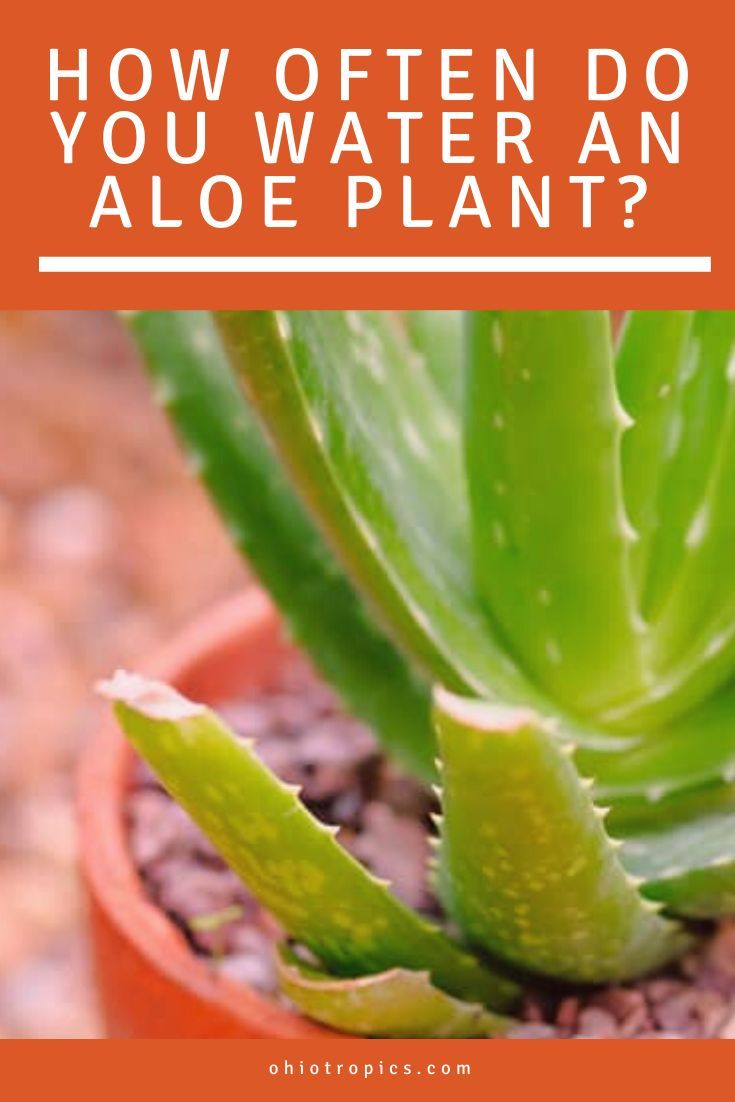image source: https://za.pinterest.com
Lavender is a stunning and fragrant plant that has become a favorite among gardeners and homeowners alike. But as with any plant, proper care and maintenance are crucial to its growth and overall health. One common question that arises when it comes to growing lavender is, “how often do you water lavender?” In this article, we will explore the best watering practices for lavender and provide some tips to ensure that your lavender thrives in your garden.
Unveiling the Best Practices: How Often Do You Need to Water Lavender?
Lavender is a popular and versatile plant known for its beautiful and fragrant blooms, as well as its many uses in cooking, aromatherapy, and skincare. However, like all plants, lavender requires regular care and attention to thrive. One of the most important aspects of caring for lavender is knowing how often to water it.
So, how often do you need to water lavender? The short answer is: it depends. There are various factors that can affect how often lavender needs to be watered, such as the climate, soil conditions, and the age of the plant. In this article, we will delve into the best practices for watering lavender and provide you with a guideline to keep your lavender happy and healthy.
Understand the Water Needs of Lavender
Before we dive into how often to water lavender, it is important to understand the water needs of this plant. Lavender is a drought-resistant plant, meaning it can survive in conditions with minimal water. In fact, overwatering can be more harmful to lavender than underwatering. Too much water can lead to root rot and other fungal diseases, which can ultimately kill the plant.
Factors That Affect Watering
As mentioned earlier, there are several factors that can affect how often you need to water lavender. These include:
1. Climate: Lavender thrives in warm and dry climates with plenty of sunlight. In these conditions, the plant may need to be watered more frequently, as the soil will dry out faster.
2. Soil: Lavender prefers well-draining, sandy soil. If your soil is heavy and retains water, you may need to water less frequently to avoid waterlogged conditions.
3. Age of the plant: Young lavender plants may need more frequent watering until they are established and have developed a strong root system.
4. Container vs. ground: If you are growing lavender in a container, it will likely need more frequent watering than if it were planted in the ground. This is because the soil in containers tends to dry out faster.
5. Rainfall: If you live in an area with regular rainfall, you may not need to water your lavender as often. Be sure to monitor the moisture levels of the soil to determine if additional watering is necessary.
Guidelines for Watering Lavender
Now that you have a better understanding of the factors that can affect watering, here are some general guidelines to follow when watering lavender:
1. Water deeply and infrequently: Lavender prefers to be watered deeply, allowing the water to reach the roots. This encourages the roots to grow deeper, making the plant more drought-resistant. Watering once or twice a week is usually sufficient.
2. Check the soil moisture: Before watering, check the moisture levels of the soil by sticking your finger about an inch into the soil. If it feels dry, it is time to water. If it is still moist, wait a day or two before checking again.
3. Water in the morning: The best time to water lavender is in the morning. This allows the plant to absorb the water before the heat of the day evaporates it.
4. Avoid wetting the foliage: When watering, aim for the base of the plant and avoid getting water on the leaves. Wet foliage can lead to fungal diseases.
5. Mulch to retain moisture: Adding a layer of mulch around the base of the plant can help retain moisture in the soil and reduce the frequency of watering.
Conclusion
In conclusionIn conclusion, it is important to understand the proper watering needs of lavender plants in order to maintain their health and beauty. Knowing how often to water lavender can help ensure optimal growth and blooming. Remember to consider factors such as climate and soil type, and always check for signs of dehydration before watering. By following these guidelines, you can keep your lavender thriving and enjoy its lovely fragrance and vibrant colors for years to come.
Reference
- Expert tips for watering lavender to avoid ‘loving it to death’, https://www.homesandgardens.com/gardens/watering-lavender
- How Do Lavender Plants Adapt?, https://www.ehow.co.uk/facts_8717050_do-lavender-plants-adapt.html
- How to winterize lavender, https://www.homesandgardens.com/gardens/how-to-winterize-lavender
- Lavender plants are a fresh, fragrant addition to your garden, https://www.redlandsdailyfacts.com/2024/05/22/garden-mastery-lavender-plants-offer-a-wealth-of-uses/
- Health meets flavor: Stop to smell (and taste!) the lavender, https://www.macombdaily.com/2024/05/26/health-meets-flavor-stop-to-smell-and-taste-the-lavender/
